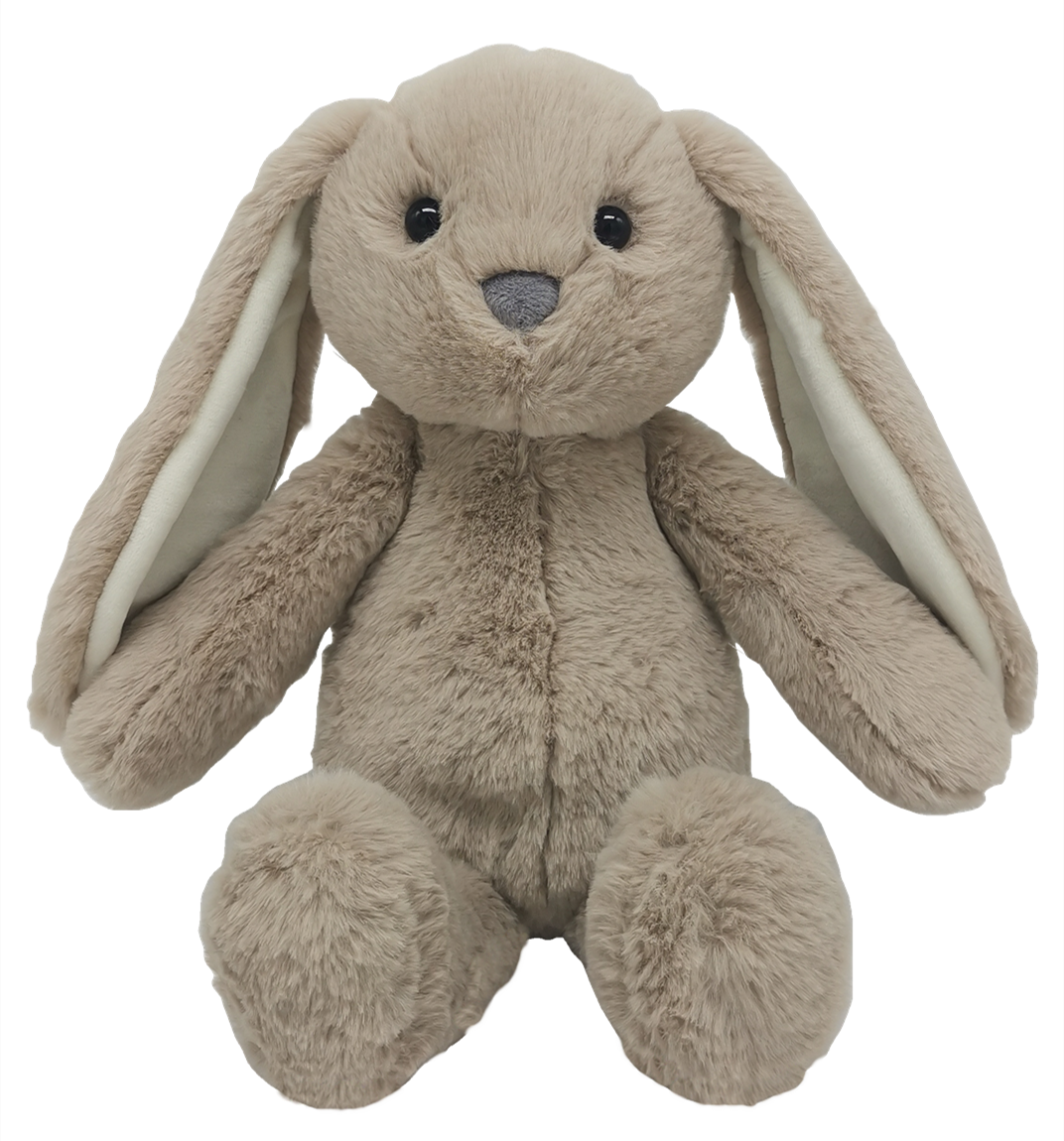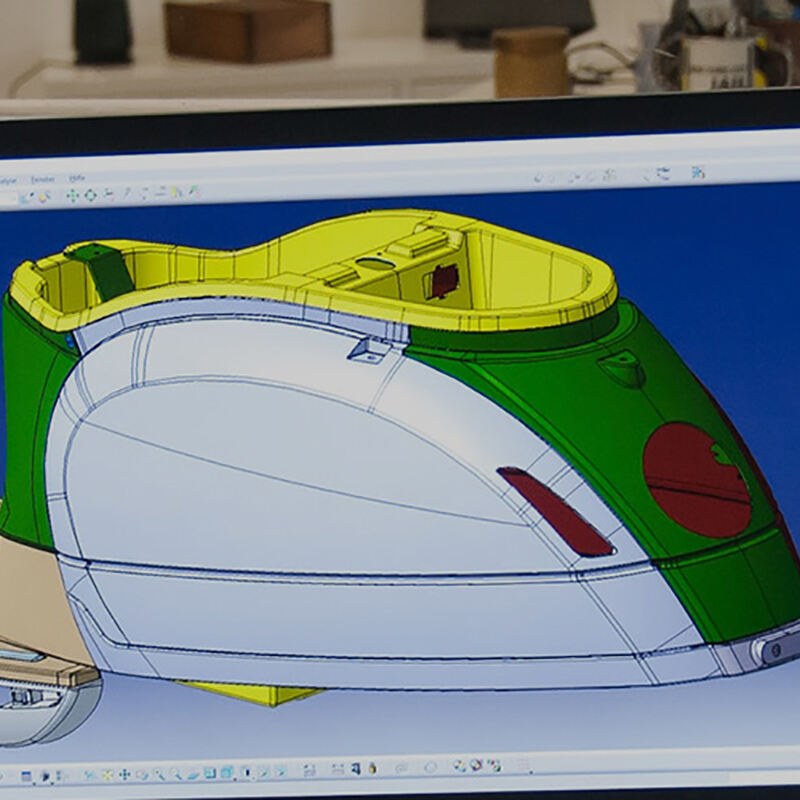Benefits of Baby Soft Cloth Books in Newborn Cognitive Early Education
2025
Enhancing Sensory Development Through Tactile Exploration
Stimulating Touch with Soft Textures
Babies need soft stuff like fleece and cotton to help them explore through touch and develop their senses properly. These materials give gentle stimulation to little hands and skin, making babies feel good while also getting them curious about what they're touching. What makes these fabrics special is how each one feels differently on the skin. A fluffy blanket versus a smooth cotton onesie creates completely different reactions in tiny brains. Scientists have looked into this stuff too. They found out that when kids get enough tactile input from things like soft toys or blankets, it actually helps their brains process sensations better over time. This leads to hitting those important developmental markers faster than average. The Journal of Sensory Studies backs all this up, showing how babies who play with soft items tend to interact with their surroundings more actively and enthusiastically.
Crinkle Sounds for Auditory Engagement
Crinkle sounds are really important for how babies engage with sound during those early months. When little ones hear the distinctive crinkling noise from their toys, it grabs their attention and gets them curious about what's going on around them. Babies start making connections between these sounds and things happening in their world as they respond to them. Studies looking at this phenomenon show pretty clearly that when infants get exposed to sounds like crinkles, it actually helps boost their thinking skills and overall brain development, according to recent findings published in Child Development Journal. What makes these sounds so valuable is that they help newborns become aware of their surroundings, something that lays the groundwork for all sorts of developmental milestones later on.
High-Contrast Visual Patterns
Contrasting visuals really grab a baby's attention and play a big role in how they develop visually. Little ones tend to love those bright, bold colors that stand out against each other because it helps them see things better and notice different shapes. When babies look at these kinds of patterns regularly, it actually helps train their brains to process what they're seeing as they begin making sense of the world around them. Studies published in journals about visual development show that babies who get exposed to high contrast images early on tend to hit important thinking and learning milestones sooner than others. Parents and caregivers can do a lot just by surrounding babies with toys, books, or even mobiles that have these striking color combinations. This simple step not only helps babies recognize shapes more easily but also boosts their eye sight over time, setting them up well for all sorts of learning experiences down the road.
Promoting Language and Cognitive Growth
Early Exposure to Vocabulary
Teaching kids basic words using bright pictures and straightforward language really matters for how they learn to talk early on. When babies are still figuring things out, showing them lots of different words linked to eye-catching visuals helps them start connecting sounds to actual stuff around them. Kids pick up language faster when they hear the same words over and over again. Studies show that little ones who know plenty of words before school tend to do better in reading and writing later in life. A big research project from the National Institute of Child Health and Human Development backs this up, finding that kids who get lots of word exposure early on usually develop stronger reading skills down the road. That's why talking to babies and toddlers isn't just cute chatter—it builds the foundation for future learning.
Interactive Storytelling Techniques
When it comes to helping babies grow smarter and more creative, interactive storytelling really works wonders. Parents who add fun sounds while reading stories tend to grab little ones' attention better than just plain narration. Kids love hearing animal noises, raindrops, or even silly voices during tales, which makes the whole experience way more interesting for them. What's great about this method is that it gets children thinking beyond what's on the page. They start imagining all sorts of details that aren't actually written down. Child development experts generally agree that regular storytelling sessions from infancy onward do wonders for brain development. The act of listening closely to stories helps lay the foundation for important skills later in school. Most parents notice their kids start pointing things out in books or asking questions after repeated readings, showing those listening skills are definitely taking root somewhere deep inside those tiny brains.
Object Recognition Foundations
Helping babies recognize objects plays a big role in building those early problem-solving skills that come in handy later on. When little ones get to play around with different items and figure out what each one does, it starts shaping how their brains work. The whole process of spotting things and putting them into categories isn't just about memorization either it actually helps kids think logically and reason better over time. Research from folks who study child development shows pretty clearly that when babies start recognizing shapes and colors, they're setting themselves up for tackling tougher problems down the road. Simple activities like peek-a-boo or playing with blocks aren't just fun moments they're actually important brain builders that lay groundwork for all sorts of learning adventures ahead.
Building Fine Motor Skills with Interactive Features
Flap Manipulation for Hand-Eye Coordination
Toys with flaps that lift or flip make great items for little ones working on their hand-eye coordination skills. When babies reach out and manipulate these parts, they're actually laying the groundwork for future abilities like holding pencils or crayons properly. A recent piece in the Journal of Pediatric Research points out there's pretty solid evidence connecting early hands-on play with reaching key developmental markers down the road. Kids who spend time playing with such toys get more than just entertainment during those precious first years. They're building those crucial motor skills that will help them grow both mentally and physically as they develop.
Grasping Practice with Lightweight Design
Soft, lightweight toys really help babies learn how to grab and play with things without much effort. When little ones start grabbing stuff, it builds up the muscles and coordination in their tiny hands, which lays the groundwork for all sorts of hand actions later on. The American Academy of Pediatrics says most babies start reaching for and holding onto objects between three and four months old, getting better at it as time goes on. Letting infants interact with plush toys and similar soft items gives them something familiar to touch while working those important hand muscles from an early stage. Parents often notice this happens naturally when kids just want to chew or squeeze whatever they can get hold of.
Reaching Exercises During Tummy Time
Tummy time really helps build those muscles babies need for reaching out and grabbing things. Putting some toys just out of reach can do wonders for their physical growth. When little ones see something they want but have to stretch for, it works their arms and improves coordination over time. Most pediatricians stress how important regular tummy time is because it lays the foundation for muscle control needed later on when babies start sitting up and eventually crawl around. Soft plush toys work great here since they're safe and interesting enough to keep infants engaged while they develop these essential skills. Just remember to watch for signs of frustration though - sometimes too much challenge can backfire!
Safety and Durability: Ideal for Newborns
Non-Toxic Materials for Oral Exploration
Baby plush toys need to be made with non toxic stuff because little ones tend to put everything in their mouths while exploring the world around them. Manufacturers have to follow strict safety rules established by groups like the Consumer Product Safety Commission (CPSC) just to make sure there aren't any dangerous chemicals hiding in these products. When parents see these safety certifications on packaging, it gives them peace of mind knowing what their kids are playing with meets real safety benchmarks. Health experts back this up too; organizations such as the American Academy of Pediatrics consistently warn about risks associated with toxic substances in children's items, making clear why choosing safe materials matters so much for babies' well being.
Machine-Washable Construction
Machine washable baby soft toys are super convenient, particularly when it comes to keeping them clean and making sure they last longer. Parents love this feature because most surveys show that being able to toss a toy in the washing machine ranks right at the top of what matters for baby products. When toys stay clean after all sorts of messes, babies get to play in a much safer environment. Plus, parents don't have to worry about replacing toys so often since they can just give them a good wash whenever needed. The toys keep looking nice too, which means kids can enjoy them for months instead of weeks before they start to smell bad or look dirty.
Rounded Edges for Injury Prevention
Toys with rounded edges really matter when it comes to keeping kids from getting cut or bruised by those sharp corners we see on some cheaper products. The rounded shape isn't just about looks either it's actually built into most toy safety guidelines these days. Take a look at what the American Academy of Pediatrics says about this stuff they specifically mention avoiding anything that could poke or jab during normal playtime. Parents know this intuitively too, which is why so many baby toys hit stores with those soft, bump-free designs. These safety standards aren't just boxes to check off for manufacturers they create actual peace of mind for families wanting their little ones to explore without constant worry about accidental injuries.
Custom Plush Toys: Tailoring Early Learning Experiences
Create Your Own Custom Plush Toys: Personalized Educational Companions
When kids get personalized plush toys, these items really help build emotional bonds and actually boost learning experiences too. They're not just regular toys but become special friends made specifically for each child's growing needs, providing both comfort and something familiar during those tough moments. The ability to customize things like size, colors, and designs means we can address all sorts of different feelings and learning goals. Take for example when a plush is made to look like a kid's favorite cartoon character or has some kind of educational element built right in it. Suddenly what was just play becomes a chance to learn something new. Parents and teachers who have tried these customized educational toys report seeing real improvements in children's creativity levels and emotional development over time, so many now consider them almost necessary components in any good early childhood development plan.
JOLLYTOY: Branded Character Development Solutions
At JOLLYTOY we focus on developing branded characters that turn learning into something kids actually want to do because they recognize these familiar faces. When kids see their favorite characters during learning time, it creates a stronger bond between them and what they're trying to learn. Kids tend to remember things better when there's an emotional connection involved. Market research shows pretty clearly that products featuring these beloved characters just work better for both parents shopping and kids playing. Our approach taps into this natural connection people have with brands they know and like, which helps create those special moments where education feels less like work and more like fun.
Benefits of Custom Plush for Brand Engagement
When companies create custom plush toys, they actually boost brand loyalty because these items help connect brands with both parents and kids. Think about it - a soft toy becomes a gateway into what the brand stands for, creating bonds that stick around long after purchase day. Many businesses have started giving away or selling these plushies as part of marketing campaigns targeting young audiences. They work great for teaching basic concepts too while making sure everyone remembers the logo. Look at how some big name brands saw real improvements in how customers interacted with them once they brought plush toys into the mix. What makes this strategy special is that it builds loyalty across generations. Parents buy one for their child today, and years later when that same kid grows up, they still recall the brand fondly from those childhood memories.
Safety-Certified Plush Manufacturing Process
Safety and quality matter a lot when it comes to making plush toys, and companies need solid manufacturing processes to create toys that last and stay safe over time. Certifications from groups like the Consumer Product Safety Commission give parents peace of mind knowing their kids' toys pass strict safety tests for things like small parts and flammability. Getting these marks shows a company cares about keeping children away from dangerous materials or construction flaws. Statistics reveal that faulty manufacturing causes thousands of toy recalls each year, so following proper safety protocols isn't just good business it's essential for staying in operation. When manufacturers put safety first throughout production, they build trust with customers who want to know their purchases won't end up in the recycling bin after one trip to daycare.
Scalable Production for Educational Institutions
When schools need lots of custom plush toys, scalable production really helps out. Educational institutions can get what they want without breaking the bank or sacrificing quality. The ability to produce in bulk means teachers can tailor these toys specifically for their classes and subjects, which makes lessons way more hands-on and interesting for kids. Schools love this because it fits within their financial plans, so they can roll it out across different grade levels and departments. We've seen this work well in practice too. Many schools report better classroom dynamics after introducing these customized plush items, with students showing more interest during lessons and remembering concepts longer than before.

 EN
EN
 AR
AR
 CS
CS
 DA
DA
 NL
NL
 FI
FI
 FR
FR
 DE
DE
 EL
EL
 IT
IT
 JA
JA
 KO
KO
 NO
NO
 PL
PL
 PT
PT
 RU
RU
 ES
ES
 SV
SV
 IW
IW
 UK
UK
 TR
TR
 AF
AF
 GA
GA
 IS
IS
 LA
LA



